The reparations debate is getting old. But it shows little sign of abating. Academic papers continue to parse the idea of reparations for slavery; books continue to be written on the subject, adding to the mountain of material that already exists; celebrated journalists give speeches to the UN advocating reparations. Democratic candidates in 2020 prominently and sympathetically discussed the issue on the campaign trail. The debate is not going away anytime soon. It is the more unfortunate, then, that much of it is conducted in an unserious way.
The recent “national conversation” about reparations is usually traced to Ta-Nehisi Coates’ 2014 essay in The Atlantic “The Case for Reparations,” but this piece only gave a shot in the arm to a conversation that was already quite spirited and publicly visible. Talk of reparations entered the mainstream in the 1990s and early 2000s, having been confined largely to circles of Black nationalism starting in the 1960s. Lawsuits were filed, and dismissed, against the U.S. government and corporations that had profited from slavery; books such as The Debt: What America Owes to Blacks (2000), by Randall Robinson, were published to advocate for reparations; magazines and newspapers across the country, from Harper’s to the Los Angeles Times, presented the case, as did numerous academic papers and conferences. “Reparations” was in the air: Japanese-American internees during World War II had been compensated in 1988; survivors of the Holocaust were being compensated; the Truth and Reconciliation Commission in South Africa recommended reparations for apartheid, and such commissions in Chile, Guatemala, Colombia, Peru, Sierra Leone, Canada, and many other countries made similar proposals. Year after year, the ideological momentum behind slavery reparations increased, and Coates’ essay increased it even further.
The New York Times’ 1619 Project gave yet another boost to the demand for redress, probably the most significant boost so far. As a systematic effort to interpret U.S. history entirely in terms of the oppression of Blacks, it was tailor-made to advance the reparations narrative. The immense resources of the Times, in collaboration with the corporate-endowed Pulitzer Center, went into designing and distributing a curriculum that schools could use to teach the 1619 Project. This massive nationwide campaign soon coincided, fortuitously, with the George Floyd protests in 2020 and the revival of Black Lives Matter. By then, Black identity politics was so deeply embedded in the nation’s culture that conservatives discovered they could capitalize on it by inventing a “critical race theory” boogeyman to frighten whites into supporting reactionary politicians and reactionary policies. The discourse of anti-racism and reparations continued to spread even as the right-wing backlash against it grew in intensity and effectiveness.
In the last couple of years, books on reparations have not been lacking. Their titles indicate their content: From Here to Equality: Reparations for Black Americans in the Twenty-First Century (2020); Who Will Pay Reparations on My Soul? (2021); Reparations: A Christian Call for Repentance and Repair (2021); Reparations Now! (2021); Reparations Handbook: A Practical Approach to Reparations for Black Americans (2021); Reparations for Slavery (2021); Time for Reparations: A Global Perspective (2021). Liberal America can’t get enough of the reparations idea. Fewer books on the subject have been published in 2022, but Reconsidering Reparations, by Olúfẹ́mi Táíwò, is an exception that has gotten some attention. It may be worth briefly reviewing here, because its shortcomings illustrate the shortcomings of the whole reparations discourse, indeed “identity politics” itself.
A debate rages on the left between the practitioners of identity politics and alleged “class reductionists,” but the latter seem to be decidedly in the minority. This is unfortunate, because in order to defeat the threat of the far-right—whether it’s called white nationalism, Christian nationalism, white supremacy, neofascism, or proto-fascism—we’re going to have to build a movement on the basis of class struggle. This doesn’t mean denying the legitimacy of the grievances of groups defined by race, ethnicity, gender, or sexuality, but it does mean incorporating them in a broader movement organized around the old Marxian dualism: the working class vs. the capitalist class.
*****
From a Marxian point of view, the inadequacies of Táíwò’s book start in its first paragraph:
Injustice and oppression are global in scale. Why? Because Trans-Atlantic slavery and colonialism built the world we live in, and slavery and colonialism were unjust and oppressive. If we want reparations, we should be thinking more broadly about how to remake the world system.
Apparently the world is unjust not because capitalism is inherently unjust, but because it began, centuries ago, in slavery and colonialism. We’re called to remake the world system, but the focus is on how horrible the past was, and, admittedly, how horrible the present is for non-white people because of their past. Capitalism as such isn’t mentioned; instead, as in all of the reparations discourse, it is slavery, the slave trade, colonialism, and racism that are emphasized. This fact, of course, is why the liberal establishment is comfortable talking about reparations and even invests enormous resources in propagating the narrative. It understands that it poses no threats to its own power and serves as a useful distraction from class conflict as such.
The purpose of Reconsidering Reparations is to argue that “reparation is a construction project,” the project of building a new world, a “just distribution.” Táíwò approvingly quotes a historian: reparation is “less about the transfer of resources…as it is [sic] about the transformation of all social relations…re-envisioning and reconstructing a world-system.” He borrows a concept from Adom Getachew that has become fashionable: “worldmaking.” Just as the postwar decolonization movements were engaged in worldmaking, hoping to build a just society on a global scale, so we must continue their project, this time, importantly, taking into account the disasters of climate change that will disproportionately affect countries in the Global South. Reparation, according to Táíwò, is about more than mere income redistribution.
This line of argument is admirably dismissive of liberal technocratic tinkering with palliative policies, but there is an obvious retort to it: socialist, communist, and anarchist revolutionaries since the nineteenth century have always been devoted to this sort of “worldmaking,” and there is nothing original about such a formulation. There has never been a need to justify world revolution in terms of “reparations” for past injustices; rather, the imperative has simply been that because people of all races and genders are horrifically suffering in the present, we need socialism (economic democracy). The revolutionary project has been justified on class grounds, not racial grounds. Why the need for a new justification? The answer is clear: reparations is currently a fashionable idea, and for the sake of one’s career and relevance, it makes sense to use fashionable ideas to reframe old ideologies. Doing so may be wholly unnecessary, but at least it gives one’s book the appearance of originality.
It seems noteworthy that nowhere in his book does Táíwò use the word “socialism,” even though his vision for the future is the traditional socialist one: “everyone in the world order should have capabilities that grant effective access to the means of maintaining their biological existence, economic power, and political agency. Our target must be a global community thoroughly structured by non-domination.” Maybe he thought that using the dreaded s-word might not be wise from a careerist point of view, or maybe he thought it would associate his book with an earlier Marxist tradition and thus detract from his attempts at both originality and distinguishing his account from one that prioritizes class solidarity. Whatever the reason, the omission is telling.
Much of Reconsidering Reparations is dedicated to reviewing the history of what Táíwò calls Global Racial Empire and how it led to the structural disadvantages people of color face today. A historian need have no quarrel with any of this. It is an incontrovertible truth that, for hundreds of years, people of color have been systematically exterminated, enslaved, exploited, massacred, forced off their lands, stripped of their cultures, reduced to peonage, denied the opportunity to own a home, denied a decent education, disproportionately imprisoned, disproportionately consigned to unemployment, and disproportionately subjected to police brutality. A large part of the literature on reparations is concerned to establish these facts, and they certainly do need to be broadcast far and wide. Left critics of the reparations concept do not deny any of the horrifying history or the abysmal present.
What they deny, first of all, is that reparation on a scale large enough to make a difference is practicable. As Coates wrote, “Broach the topic of reparations today and a barrage of questions inevitably follows: Who will be paid? How much will they be paid? Who will pay?” Surely tens of millions of Blacks in the United States are entitled to reparations (not to mention the many descendants of Native Americans and arguably other groups), a number on an altogether different scale than, say, Japanese-American internees or Holocaust survivors. Each of these people, we may grant for the sake of argument, is owed a very large sum of money. Táíwò endorses the idea of unconditional cash transfers to African Americans, perhaps on top of a universal basic income (UBI) for everyone. It isn’t hard to imagine the vast logistical and bureaucratic difficulties of administering such a plan (not the UBI but the reparations). Táíwò’s proposals are extremely abstract, like those of most reparationists, but other writers have suggested that truth commissions could assess the harm cumulatively suffered by African Americans, and on that basis the amount of each payment could somehow be determined. In Atonement and Forgiveness: A New Model for Black Reparations (2006), Roy Brooks proposes that a trust fund administer individual payments for the purposes of education and funding businesses, and the total amount of money in the trust would be determined by multiplying the average difference in income of Black and white Americans by the number of Black Americans.
Most writers (including Brooks and Táíwò) reject the idea of merely a one-time cash payout in favor of remedies that “deal with long-term issues in the African-American community,” to quote philosopher Molefi Kete Asante. “Among the potential options,” Asante says, “are educational grants, health care, land or property grants, and a combination of such grants” (cited in Alfred Brophy’s Reparations: Pro and Con (2006)). Community development programs are a popular idea in the literature; for example, Táíwò mentions the African-American Reparations Commission’s plan that money be transferred to “cooperative enterprises” and that financing be provided for the “planning and construction of holistic and sustainable ‘villages’ with affordable housing and comprehensive cultural-educational, health and wellness, employment and economic services.”
Whatever the moral merit of these and a myriad of other vague proposals, they face obvious and intractable obstacles. First, as mentioned, is the administrative and political nightmare of determining which individuals or communities will receive reparations, how they will be distributed, and how they will be funded. Second, and even more fundamental, is the question that Adolph Reed posed in 2000 and that has not been answered, because it cannot be answered: “How can we imagine building a political force that would enable us to prevail on this issue?” It is a shockingly obvious problem with the whole reparations discourse, and so intractable that it utterly vitiates the latter. Are we to believe that in an age of resurgent proto-fascism, fueled in part by white fears of something as mild as “critical race theory” and the very idea that racism has played a significant role in American history, a tiny minority of anti-racist activists will be able to build a nationwide movement so overwhelming that it sweeps into power a supermajority of legislators committed to radically restructuring society on the basis of reparations for slavery? Does any serious person find this scenario remotely conceivable?
Táíwò, like nearly all reparationists, scarcely even acknowledges these problems. Why are they so rarely discussed? A cynic would have a ready answer to this question: the politics of reparations is largely performative, a way of demonstrating one’s political virtue, of surfing the wave of elite liberal preoccupations and perhaps even boldly veering off to the left, thus really proving one’s revolutionary bona fides. It doesn’t matter if ambitious national—much less global—reparations legislation is inconceivable; the point, if you’re an academic, is to have a trendy research project and to play around with various ideas for their own sake. Táíwò, for example, waxes philosophical on conceptual distinctions such as responsibility vs. liability, and on the strengths and weaknesses of certain arguments for reparations, including “harm repair” arguments, “relationship repair” arguments, and his own “constructive view” that he considers the most defensible. It’s all a waste of time. The most important question is ignored: how are we to build a massive political movement that will crucially depend on the altruism of white people in a country where whites have been consistently more than 70 percent opposed to the movement’s goals?
Most reparationists don’t consider themselves Marxists, but since some do, it is worth pointing out that the movement they advocate doesn’t make contact with Marxism. Eugene Debs was a true Marxist when he said, “Solidarity is not a matter of sentiment but a fact, cold and impassive as the granite foundations of a skyscraper. If the basic element, identity of interest, clarity of vision, honesty of intent, and oneness of purpose, or any of these is lacking, all sentimental pleas for solidarity, and all other efforts to achieve it will be barren of results.” There is no shared interest or solidarity between white and Black workers when the latter demand from the former (and other whites) financial compensation for centuries of white supremacy. This is instead an idealistic appeal to mass altruism, which, given the motivating force of economic self-interest for most people (of which Marxists are well aware), is unlikely to get very far.
Therefore, it is not only the practicability of material reparations (on a substantial scale) that Marxists deny. It is also the revolutionary or socialist character of the program itself. As Reed, again, has argued, the program is profoundly anti-solidaristic in that it pits Black workers against white workers. “We’ve suffered more than you,” it says, “and therefore deserve more, even at your expense.” It tends to minimize, in fact, the suffering and exploitation of white workers, so much so that even authors who consider themselves anti-capitalist, like Táíwò, are apt to recognize the systemic class injustice of capitalism, if at all, only in the mode of an afterthought. This is certainly true of Reconsidering Reparations. The book evinces hardly any awareness that capitalism in its origins, its history, and its present has been a horror story not only for people of color but for the exploited and immiserated of all races. Europe’s peasantry wasn’t exactly coddled during the transition from feudalism to capitalism, which, lest we forget, required kicking them off the land and produced centuries of mass impoverishment in cities and the countryside. Popular uprisings were crushed again and again, vast numbers were massacred, millions were subjected to forced labor of some form, millions experienced the death-in-life of slaving away in mines and early factories.
It should be unnecessary to observe, too, that even today most whites are not having an easy time of it. In the U.S., 43 percent of people on welfare are white. Death rates for whites, especially those without a college degree, have been rising for years, largely because of the “deaths of despair” phenomenon. And most white men (56 percent) lack a college degree (compared to 74 percent of Black men). More whites are killed by police than all other races combined, although the rate at which Blacks are killed is more than twice as high as the rate for whites. Weak unions and stratospheric economic inequality don’t harm only people of color: poor whites are actually more pessimistic, more depressed, and more prone to commit suicide than poor Blacks and Hispanics. Underlying all this is the fundamental fact of capitalism: most people of all races are deprived of control over their work and ownership of productive assets, leaving them with little defense—in the absence of unions—against high rates of exploitation, low wages, autocratic domination by investors and managers, and economic insecurity. Nor are whites unaffected by the housing crisis, the burden of student and consumer debt, environmental crises, or the cultural and psychological pathologies of life in a viciously atomized society.
It isn’t hard to make a case, therefore, that working-class whites deserve “reparations” too. As a Marxist would argue, the wealth they’ve produced for generations has been stolen from them, and they’ve suffered immensely as a result. Why don’t we talk about reparations that the capitalist class owes to the working class? Why is the agenda framed in terms of whites vs. non-whites? Again, the answer is clear: this sort of “race reductionism” is, from the perspective of the ruling class that finances it, a fantastically useful diversion from class struggle, which in its implications leads toward the sort of race war that white supremacists advocate. We see, then, that a supposedly left discourse effectively joins hands with the far-right, and even provides it with excellent talking points. (“Those Blacks, lazy parasites, want to take all our hard-earned money! We already give them welfare, now they want even more!”) It helps the racists. This may be an unfair thing to say, but one recalls Marcus Garvey’s flirtation with the Ku Klux Klan. Black nationalism or anything like it—anything that treats the artificial concept of “Black people” or “the Black community” as denoting an entity with a coherent set of interests, as though it isn’t riven by its own class conflicts—is not a genuine left politics.
While it is important to talk about the specific problems faced by people of color, it is even more important, for the sake of solidarity and building a political coalition against both capitalism and proto-fascism, to talk about the shared interests of (so to speak) “the 99 percent.” The reparations discourse does the exact opposite of this.
*****
How can we defeat the far-right and the stagnant center? That is the urgent question. The left has to focus ruthlessly on the question of strategy.
There is a widespread belief among leftists that the only way to defeat racism and thereby achieve working-class solidarity is to constantly talk about how terrible it is to be a person of color, how oppressed such people have been throughout history, and how saturated in racism society is. We have to, as much as possible, draw attention to race rather than submerge it under the fact of shared class interests. In her book From #BlackLivesMatter to Black Liberation (2016), for instance, Keeanga-Yamahtta Taylor chastises Bernie Sanders for “essentially argu[ing] that addressing economic inequality is the best way to combat racism.” This is an old argument, she says, from the pre-World War I right wing of the socialist movement, which was discredited when Communist parties around the world were able to recruit millions of non-white people by recognizing the legitimacy of their own distinctive, racially inflected and colonially determined grievances. In the U.S., thousands of Blacks joined the Communist Party because of the party’s attention to the scourge of racism. Moreover, their recruitment to the left did much to energize it and, perhaps, radicalize it. Surely these facts validate a race-centered strategy?
What she fails to see is that the situation today is very different. Today the left has an imperative need to recruit Latinos and whites, who otherwise might join the far-right. There is little danger of Blacks joining a white nationalist movement. If we want to drive economically insecure, socially unmoored, and politically despairing whites into the arms of the right, a great way to do that is by telling them, in effect, that their own suffering and anxieties are of little moment compared to the suffering of Blacks, and that whites are almost universally racist. Similarly, we should tell men that their masculinity is toxic, that all of them are sexist oppressors and mansplaining chauvinists. As Steve Bannon said in 2017, “the longer [the Democrats] talk about identity politics, I got ’em. I want them to talk about racism every day. If the left is focused on race and identity, and we [Republicans] go with economic nationalism, we can crush the Democrats.” Bannon, whatever else he may be, is a savvy political operator whose opinions on strategy should be taken seriously.
The Communist Party in the 1930s had to overcome an incomparably more virulent racism among white workers and unionists than exists today. But it did so not by emphasizing race, and certainly not by calling for whites to pay enormous amounts of money for reparations. That would have gotten it nowhere, just as it has gotten the left nowhere in recent years. Instead, it focused obsessively on the identity of class interests between the races. In essence, it followed the strategy of Bernie Sanders, the Marxist strategy (not that Sanders is a Marxist). It’s true that, in the effort to recruit Blacks, it also took up the cause of their distinct racial oppression, as with the Scottsboro campaign. But it didn’t take this racial advocacy to such a monomaniacal extreme that it would alienate the masses of white workers and obscure the fundamental message about “Black and White” having to “Unite and Fight.”
In truth, whatever leftists who have been steeped in critical race theory or Afro-pessimism might think, racism today isn’t anything like the obstacle to working-class unity it was generations ago. Decades after the historic achievements of the Civil Rights Movement, overt displays of racism are wildly socially unacceptable and are easily shamed through iPhone videos and social media. But even if we accept the very dubious premise that a deeply rooted anti-Black racism is still a major hindrance to building an anti-capitalist political movement, it makes no sense to think we can overcome such racism by expatiating endlessly on the suffering and oppression of Blacks. If people are as racist as we’re supposed to think, they won’t care! These appeals will leave them cold, or rather will alienate them from the political organizations that are trumpeting the message. The Communist Party was more intelligent: you overcome racism by bringing people together, and you do that by ceaselessly educating them on their common interests against the ruling class.
This obvious strategy, the Marxist one, doesn’t mean adopting the caricature of “class reductionism” that no sane person actually believes, according to which only class matters or every form of oppression can be solved through an exclusively class-based politics. The absurd, bad-faith nature of the charge of class reductionism is shown by the fact that one of its alleged exemplars, Adolph Reed—whose Marxism (i.e., emphasis on class) is so controversial in DSA that he had to cancel a talk to its New York City chapter in 2020—has written a beautiful, poignant book on his experience growing up in the oppressively racist Jim Crow South. He is hardly blind to the significance of racism—which makes all the more striking his insistence that racism is fairly trivial today compared to what it was sixty years ago.
It still has to be challenged, of course, as do sexism, xenophobia, homophobia, and transphobia. But, in general, “telling people they’re racist, sexist, and xenophobic is going to get you exactly nowhere,” says Alana Conner, a social psychologist at Stanford. “It’s such a threatening message. One of the things we know from social psychology is that when people feel threatened, they can’t change, they can’t listen.” To quote another writer, Margaret Renkl, “somehow you need to find enough common ground for a real conversation about race.” One way to find common ground is to talk about common interests. That can help dissolve people’s defenses against hearing what you have to say. It’s also useful, Renkl notes, to remember that you yourself are hardly innocent either, so you shouldn’t be too condemnatory of basically decent people who, like you, are unaware of their prejudices. “Prejudice is endemic to humanity itself.” There is no such thing as purity, much as the woke mob may disagree.
In short, even if it is only racism and the oppression of Blacks you’re concerned about—for some reason being uninterested in class oppression as such, which, today, is exactly what’s responsible (rather than racism) for most of the deprivation Blacks experience—you should still situate your discussion of race in a broader, consistent emphasis on the capitalist-engendered suffering of all races. This is especially advisable if you actually want to get policies passed, including those relating to “identity politics,” since, as Mark Lilla reminds us, you first have to get people in power who share your values. “You can do nothing to protect black motorists [pulled over by police] and gay couples walking hand-in-hand down the street if you don’t control Congress and, most importantly, if you don’t have a voice in state legislatures.” You have to get your people elected, and you do that by showing you relate to voters’ shared concerns—about the economy, wages, healthcare, housing, unemployment, working conditions, wealthy tax cheats, and the like.
It is also worthy of note and bears repeating that the so-called class reductionists (the Marxists, the ones who prioritize class solidarity) are right that universal programs such as Medicare for All, “Housing for All,” free higher education and abolition of student debt, and redistribution of income from the wealthy to the poor would massively reduce racial inequality and achieve many of the goals of race-based reparations. This is argued, for example, in Adaner Usmani and David Zachariah’s article “The Class Path to Racial Liberation,” but one needs only a little common sense to see its truth. Given that Blacks are, for example, overrepresented in poverty and among those without a college education, it is clear that universal programs will disproportionately benefit them. Since such programs are also, as we have seen, incomparably more politically viable than reparations—unless you think a majority of ostensibly racist whites can be convinced in the near future to give up large amounts of their income to people they hate—it is very puzzling that identitarians are often unmoved by the idea of class-based legislation. In effect, their political practice sabotages the only realistic ways of realizing their goals.
Reed is right, evidently, that “some on the left have a militant objection to thinking analytically.” Race-based politics tends to be grounded in feelings: outrage that racism still exists and that people of color are disproportionately oppressed. These are understandable feelings, but a politics of self-expression is an unintelligent and nonstrategic politics that risks handing victory to one’s enemies.
****
In a Dissent interview, Táíwò acknowledges that much of the reparations program will probably never be politically popular. But then he gives the game away: “a lot of the…things that could be part of a reparations drive don’t necessarily need to be framed as reparations.” Okay, so why did you write a book framing them as reparations? In doing so, you’re only contributing to their marginalization. He goes on:
For instance, reducing fossil fuel use polls better than reparations, and it is likely to gain popularity as the climate crisis becomes more and more apparent. If we follow the divest/invest strategies that Black Youth Project and other groups have talked about…that’s a win from a reparations standpoint, and you would never need to use the word. You could simply explain what pollution is and why you’d like less of it, and explain the better things that you’d like to do with those resources, like healthcare and housing, and prevention of intimate partner violence and intercommunal violence in non-carceral ways.
So in the end he endorses Sanders-style universalism. Apparently we’ve been arguing about nothing this whole time.
The failures of Black Lives Matter illustrate the folly of a non-Marxist strategy. The BLM movement did “raise consciousness” for a while, to the point that 52 percent of the public supported it in the summer of 2020. But support has declined since then, and the movement’s goals have gone mostly unrealized. The “Defund the Police” demand didn’t work out so well, as cities and the U.S. government are spending more money than ever on police departments. It might have been strategically smart to emphasize that whites, too, suffer immensely from police brutality and are killed in very large numbers, but it seems that most identitarians are uninterested in the problems of white people (particularly white cisgendered men). It is unlikely, however, that any amount of campaigning on the narrow issue of police brutality would have resulted in significant change. If you want to defund the police, the way you go about it is not by centering the police but by focusing attention on positive and universal proposals regarding housing, education, employment programs, and the like.
It is true that the “universal” measures in the original version of the Build Back Better bill were, likewise, defeated, despite being wildly popular. But why were they defeated? According to most of the reporting, it was because of two senators: Joe Manchin and Kyrsten Sinema. If the Democratic Party had been more politically competent and managed in 2020 to get a majority of 52 or 53 in the Senate, it is quite possible that these proposals would have passed, making a major difference in the lives of Black people—and whites too, who deserve justice no less than Blacks.
Again, none of this is to dismiss issues of “identity,” including abortion rights, trans rights, and gay rights. They deserve prominent advocacy. But they cannot be allowed to crowd out and marginalize—as they too often do today—fundamental, universal, and solidaristic issues of class. These should provide the continually emphasized ideological framework for every other demand, and, for moral and strategic reasons, should be ceaselessly championed by nearly every organization on the left.
In general, the political terrain of the twenty-first century, everywhere in the world, promises to be dominated by various types of populism. People everywhere are bitterly resentful toward the “elite,” however they define the elite. It is the essential task of the left to channel this populism in the right direction, focusing ire on the class elite rather than the supposed cultural or “racial” or “ethnic” elite, the cultural outsiders. That way lies fascism, which is becoming an increasingly threatening global phenomenon. If we want to stop fascism, we have to be Marxists.

The post
“Race Reductionism” Threatens to Doom the Left first appeared on
Dissident Voice.
This post was originally published on Dissident Voice.
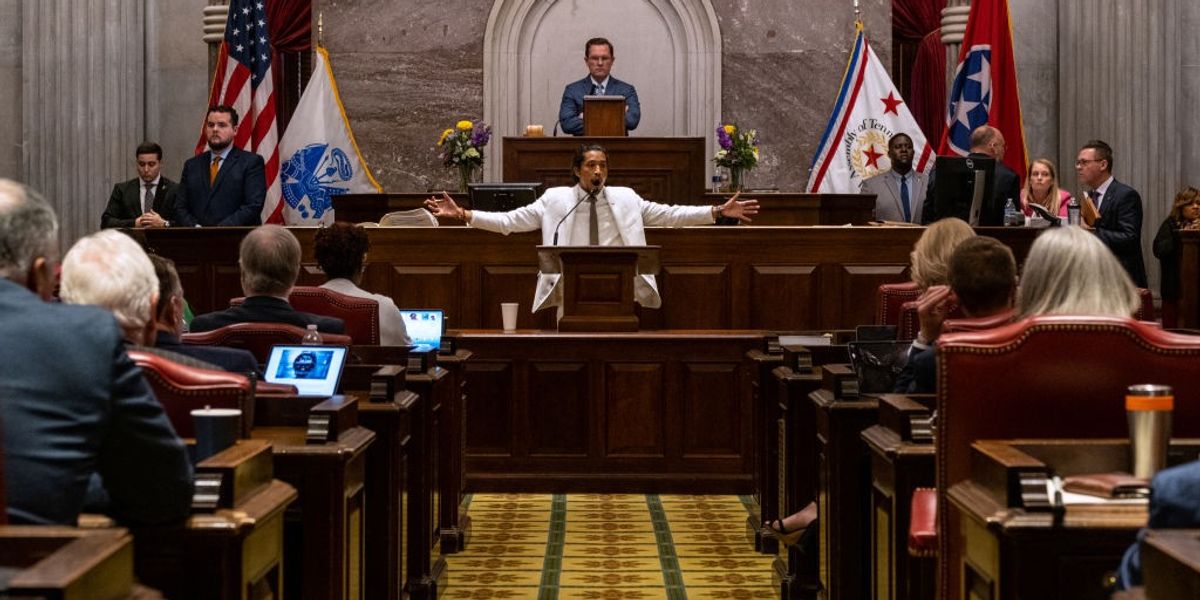








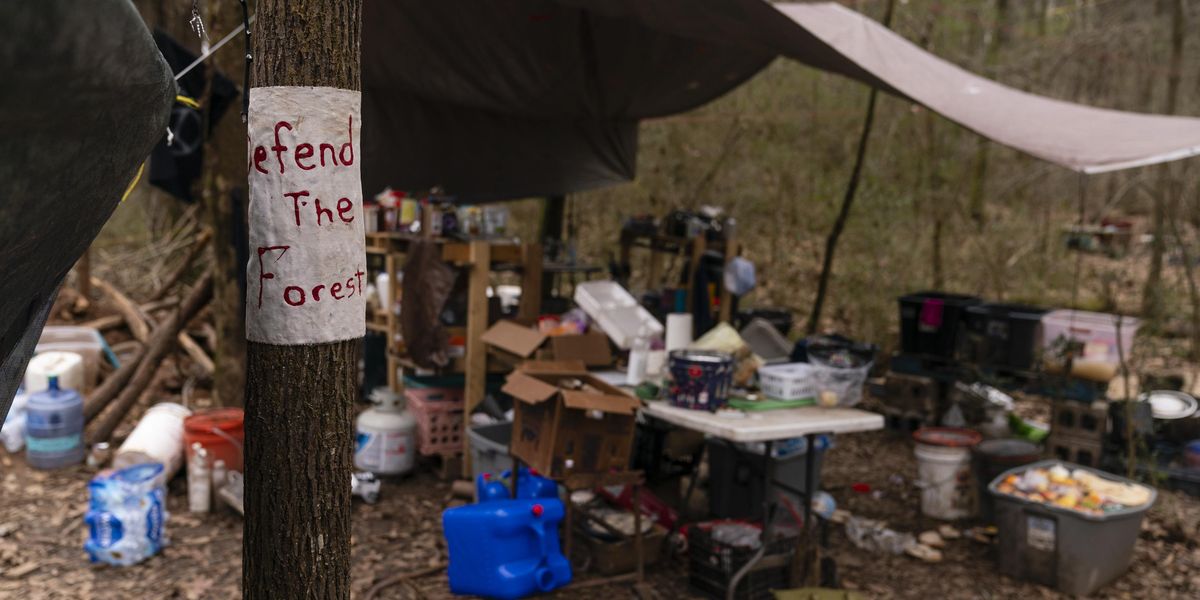

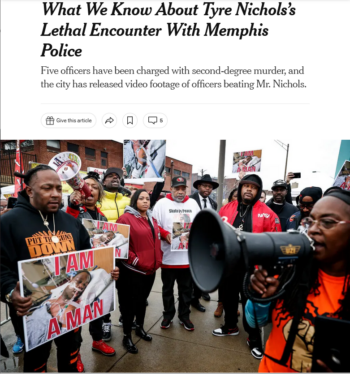
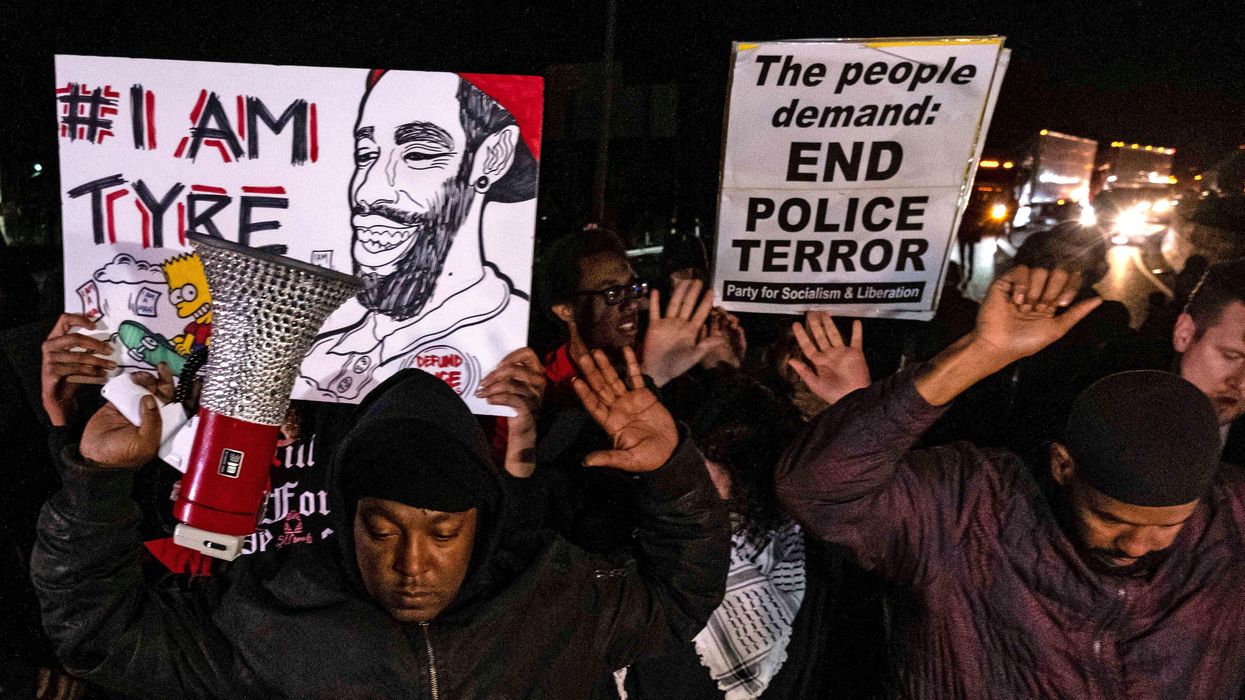
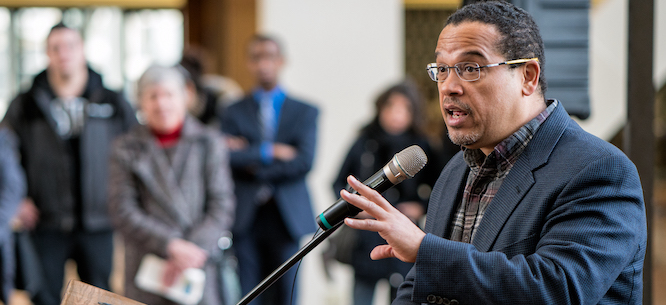




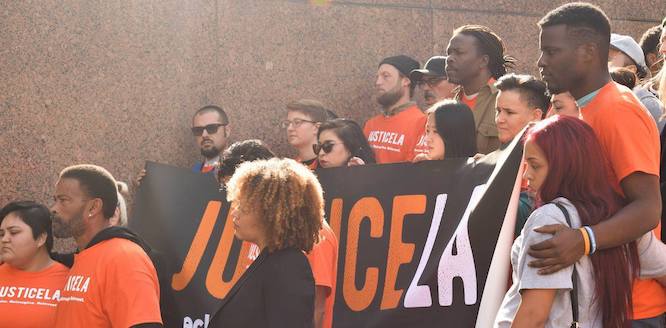



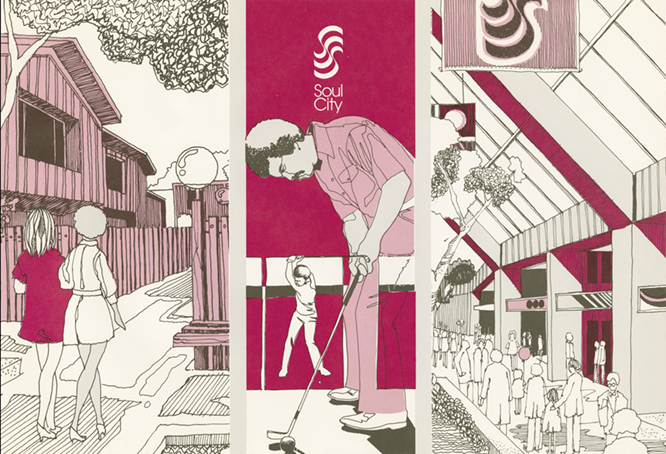
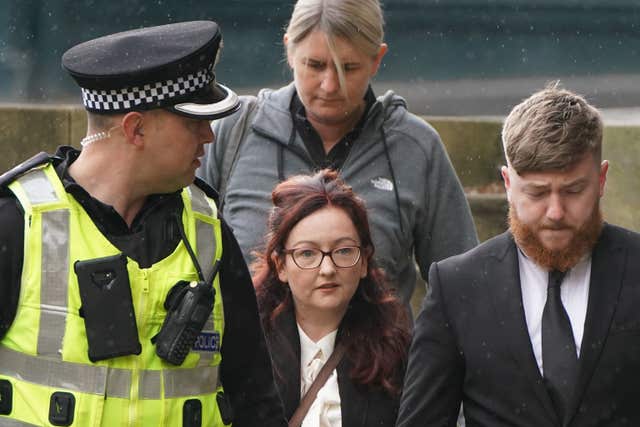

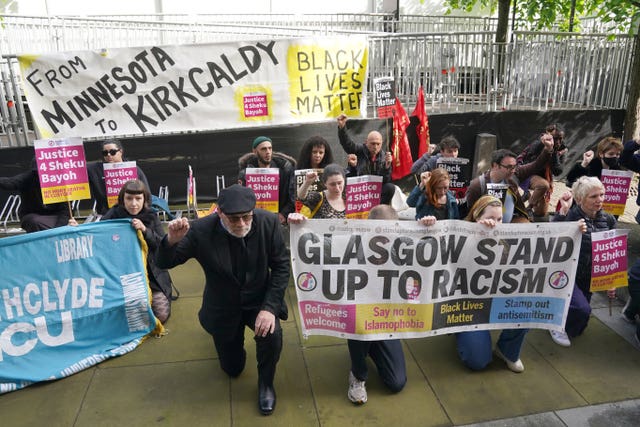

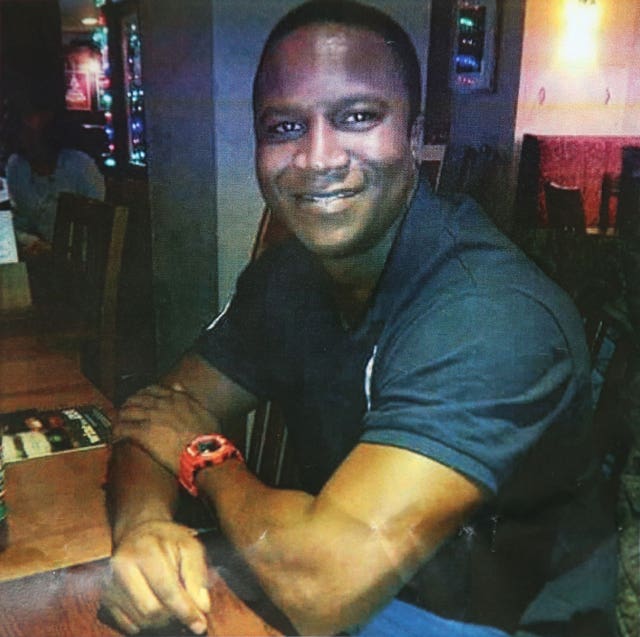

 (@thediyora)
(@thediyora) 
 (@zedhas3)
(@zedhas3) 


